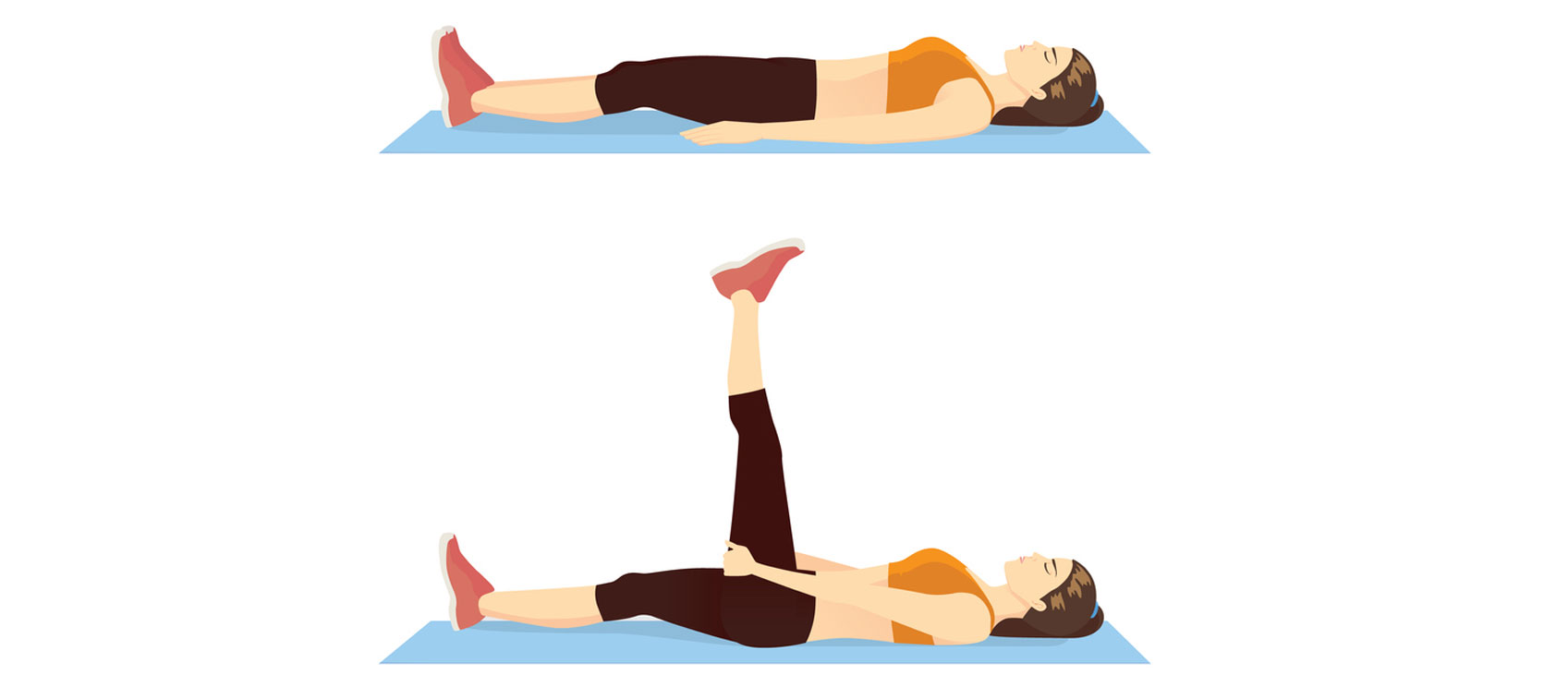
What is range of motion? It is the medical term describing the full movement of each joint in the body under ideal circumstances.
Range of motion is measured in degrees, beginning at the starting position to the end of the full range of movement. This includes the total of flexion and extension. For example, the range of motion of the flexed knee is considered to be 130 degrees. This would be measured with a protractor, beginning at zero when your leg is fully extended (straight) and ending at 130 degrees when the knee is fully bent and your heel is closer to your buttocks.
What Is Normal Range of Motion?
Each joint has what is considered a normal range of motion. Some joints, such as your knees, only move in two directions and will just have a range of motion for flexion and extension.
Other joints, like the shoulder, are more complicated and not only have flexion and extension motions, but also medial rotation (toward the body), lateral rotation (away from the body), abduction (away from the body), and adduction (inward toward the body). You can find the various normal ranges of motion for each joint with a quick online search, if you want more details.
The degree of range of motion for each joint isn’t as important as actually moving the joints regularly. That’s because in order to maintain the most flexibility and mobility throughout your lifetime, while at the same time helping prevent arthritis and joint pain, you need to move each and every joint through its complete range of motion every single day.
Day after day, month after month, we tend to fall into regular routines, which, if not compensated for, will begin to limit our range of motion in particular joints. For example, sitting in the same chair, sleeping in the same position, repeating the same daily tasks, etc., tend to keep us from moving our joints through their full range of motion. This sets the stage for shortened muscles and stiff or arthritic joints. And these problems will often become more apparent when we increase or change our routine daily activities.
Why Your Joints Need Movement
The cartilage in our joints is living tissue. However, unlike most other tissues in the body, it doesn’t have a blood supply to remove waste material and deliver nutrients. The surrounding joint fluid is what supplies nutrients and removes cellular waste.
Envision the cartilage as a sponge in fluid. As you move your joint, the sponge (cartilage) gets compressed, waste material squishes out, and new fluid (with nutrients) gets sucked in. Movement of the joint is what provides this exchange.
If a joint isn’t moved regularly through its full range of motion, the waste material on the edges of the joint begin to accumulate. The cartilage then begins to deteriorate and accumulate calcium and other minerals. This often results in stiffness, pain, and ultimately arthritis.
The pain and stiffness instinctively make you use that joint less and less. As a result, the deterioration creeps further into the joint and it becomes even more frozen and arthritic. This is a problem we all face, particularly if a joint or the surrounding supportive muscle and/or ligaments have been damaged earlier by a sprain or strain.
A few years ago, I fell while snowboarding and ripped my right triceps away from the bone. It had to be surgically reattached and it's one area that I now regularly stretch and put through its full range of motion every day. If I skip a few days, I quickly begin to notice pain with certain movements and my shoulder starts to stiffen and pull up into my neck. While I’d obviously rather not have had the injury in the first place, it is a reminder of just how important moving every joint through it full range of motion daily can be.
Range of Motion Exercises: 5 Minutes Makes a Difference
I suggest that you spend five minutes every morning for the next 30 days gently stretching and putting every joint through its full range of motion.
Start slowing and carefully. Don’t force anything. Move the joint until you begin to feel it “tighten,” then concentrate on relaxing the surrounding muscles. Once relaxed, move it just a little more.
Start with your neck and work your way down. And don’t forget your fingers and toes. Most of the time our fingers are rested in a bent or curled position…and that’s the position they take after arthritis has set in.
I think you’ll start to feel a huge difference in less than 30 days. It’s an easy habit that will promote joint health, mobility, and help stave off the pain and stiffness of arthritis.
Finally, for best results, don’t forget to “feed” your cartilage. This is most easily accomplished by incorporating collagen, the building block of cartilage, in your diet. Bone broth is an excellent collagen source and joint rejuvenator. You can also find collagen peptide powders at most health food stores and even stores like Costco. Another good option is to take a couple of teaspoons daily of gelatin.


